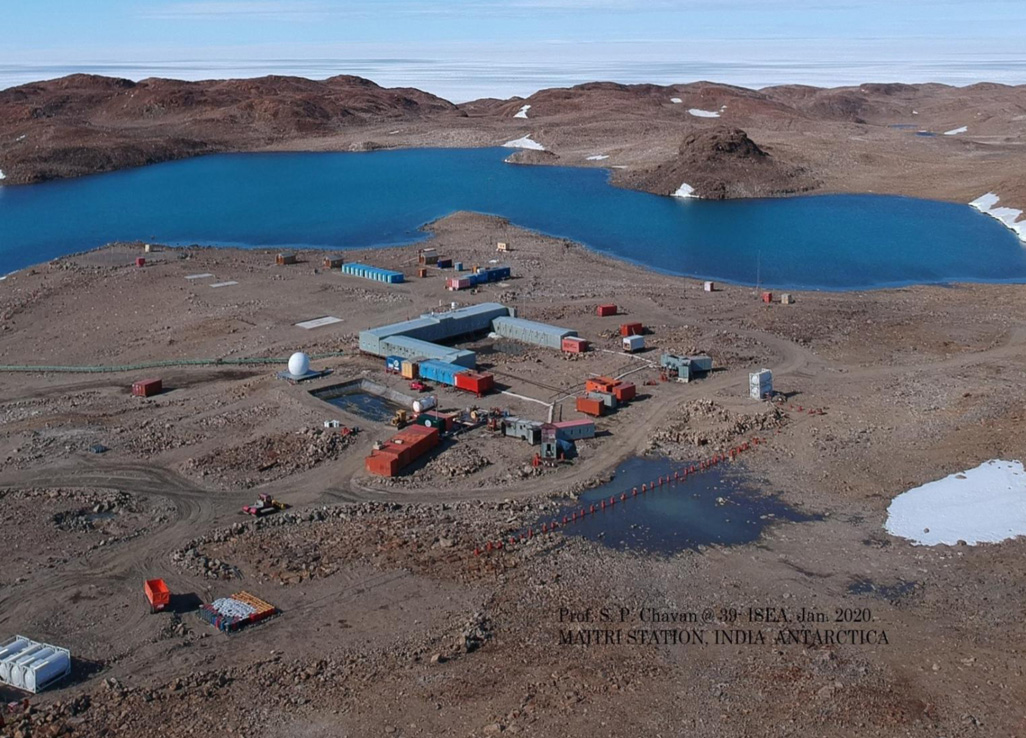Authors are Research Scholar, Physical Research Laboratory, Geosciences division, Ahmedabad, and Professors, PRL, Geosciences division, Ahmedabad. kartaveeryarjuna@gmail.com.
TO READ THE FULL ARTICLE
Already have an account? Log In
Keep reading with one of these options :
OR
Free
Limited Articles
Create an account
